Table of contents
- Why dog tricks are more than party tricks
- Obedience commands vs. tricks – what’s the difference?
- The most popular dog tricks with step-by-step guides
- Training tips for lasting success
- Common trick-training mistakes
- FAQ
- Conclusion
Why dog tricks are more than party tricks
Tricks do far more than entertain friends and family. They boost your dog’s focus, deepen your bond, and provide essential mental enrichment. They’re also a fun way to structure short training sessions and to challenge your dog both physically and mentally.

Obedience commands vs. tricks – what’s the difference?
Lay the foundation before you dive into tricks. Core commands like Sit, Down, and Stay keep your dog safe and make daily life easier. Commands are primarily functional, tricks add variety, confidence, and fun. Used together, they’re a perfect combo: commands create structure, tricks deliver motivation.

The most popular dog tricks with step-by-step guides
- Shake/Paw: Hold a treat in your closed fist until your dog offers a paw. Mark and reward immediately.
- High Five: Progression of “Paw.” Present your open palm and reward when your dog touches it with a paw.
- Roll Over: Ask for Down, then lure a treat over the shoulder so your dog rolls onto the side and over. Mark each small step.
- Play Dead (“Bang”): Pair a cue as you lure your dog gently onto the side. Reward a few seconds of stillness, then release.
- Spin: Lure a treat in a circle in front of your dog’s nose. When the movement is smooth, add the verbal cue (“Spin”).
- Leg Weave/Slalom: While walking slowly, lure your dog to weave between your legs. Reward at each pass and build a rhythm.
- Bow: Lure the head and chest down while the hind end stays up. Reward the instant the front lowers.
- Tidy Up (Toy Tidy): Break it down: pick up → carry → drop into a box. Reward each piece, then chain them together.
- Speak on cue: Capture a natural bark, add a cue, and reward. Later, teach a quiet cue for balance.
- Retrieve an item: Start with short distances and easy objects. Reward the pickup, the carry, and the hand delivery.
Training tips for lasting success
- Keep sessions short (3–5 minutes) and frequent for better focus.
- Mark and reward instantly so your dog connects behavior and payoff.
- Use clear verbal cues and consistent hand signals.
- End on a win — even a tiny success keeps motivation high.

Common trick-training mistakes
- Too much pressure: Tricks should be fun, not stressful.
- Inconsistency: Changing cues or signals confuses your dog.
- Overloading: Every dog learns at a different pace. Schedule breaks.
FAQ
When can I start teaching tricks?
Even puppies can learn simple tricks through short, playful sessions. Choose age-appropriate behaviors and keep it positive.
How many tricks should a dog learn?
There’s no set number. Prioritize enjoyment and clarity over quantity to avoid overwhelm.
Can I train tricks without treats?
Yes. Praise, toys, and play are great reinforcers. Rotate rewards to keep motivation high.
Conclusion
Dog tricks are the perfect complement to obedience. They build focus, confidence, and connection. With patience, positive reinforcement, and regular micro-sessions, your dog can master everything from classics to creative crowd-pleasers — and have a blast doing it.
Info table: Popular dog tricks
| Trick | Difficulty | Benefit |
|---|---|---|
| Shake/Paw | Easy | Foundation for many other tricks |
| Roll Over | Medium | Improves body awareness & flexibility |
| Tidy Up (Toy Tidy) | Hard | Mental enrichment & useful household skill |


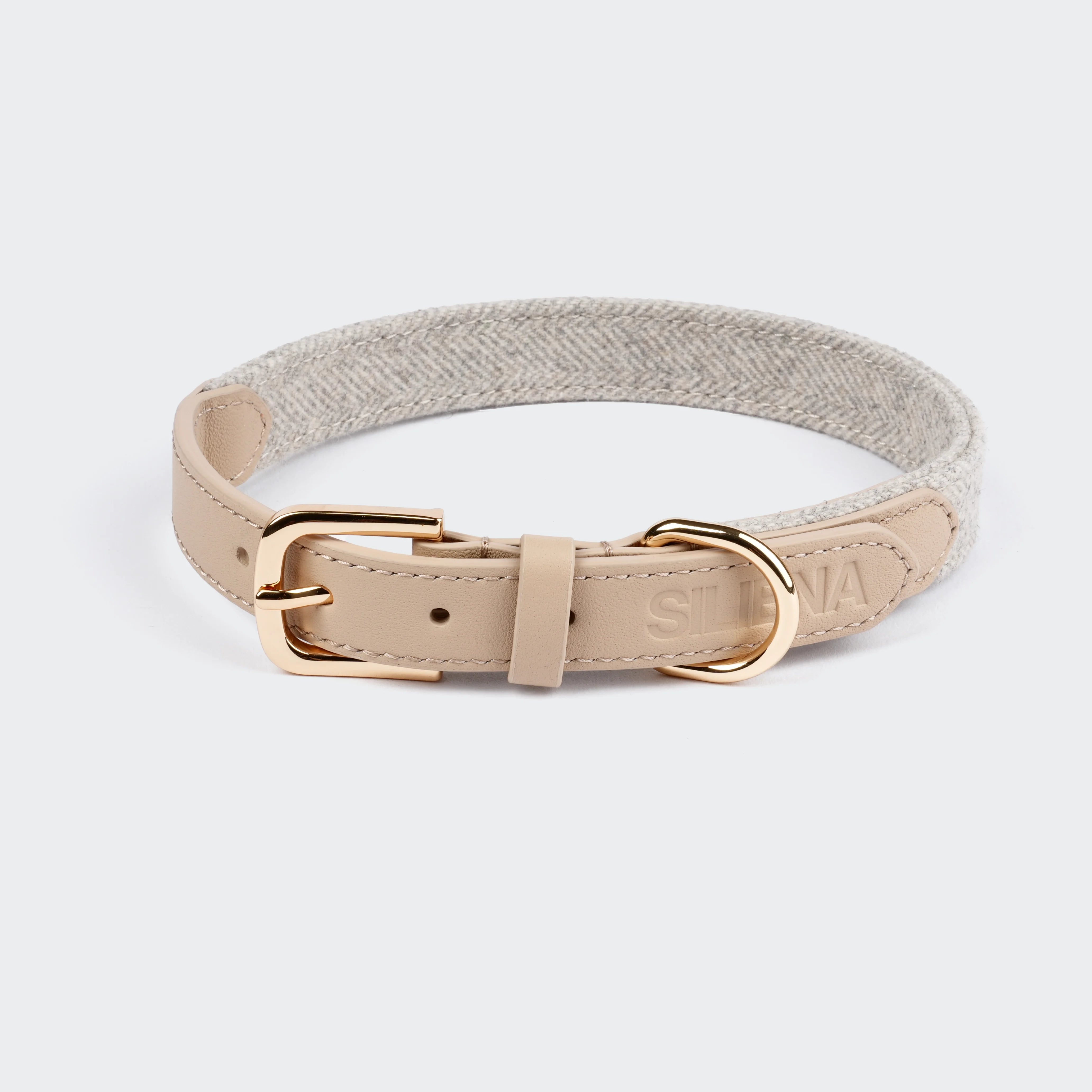
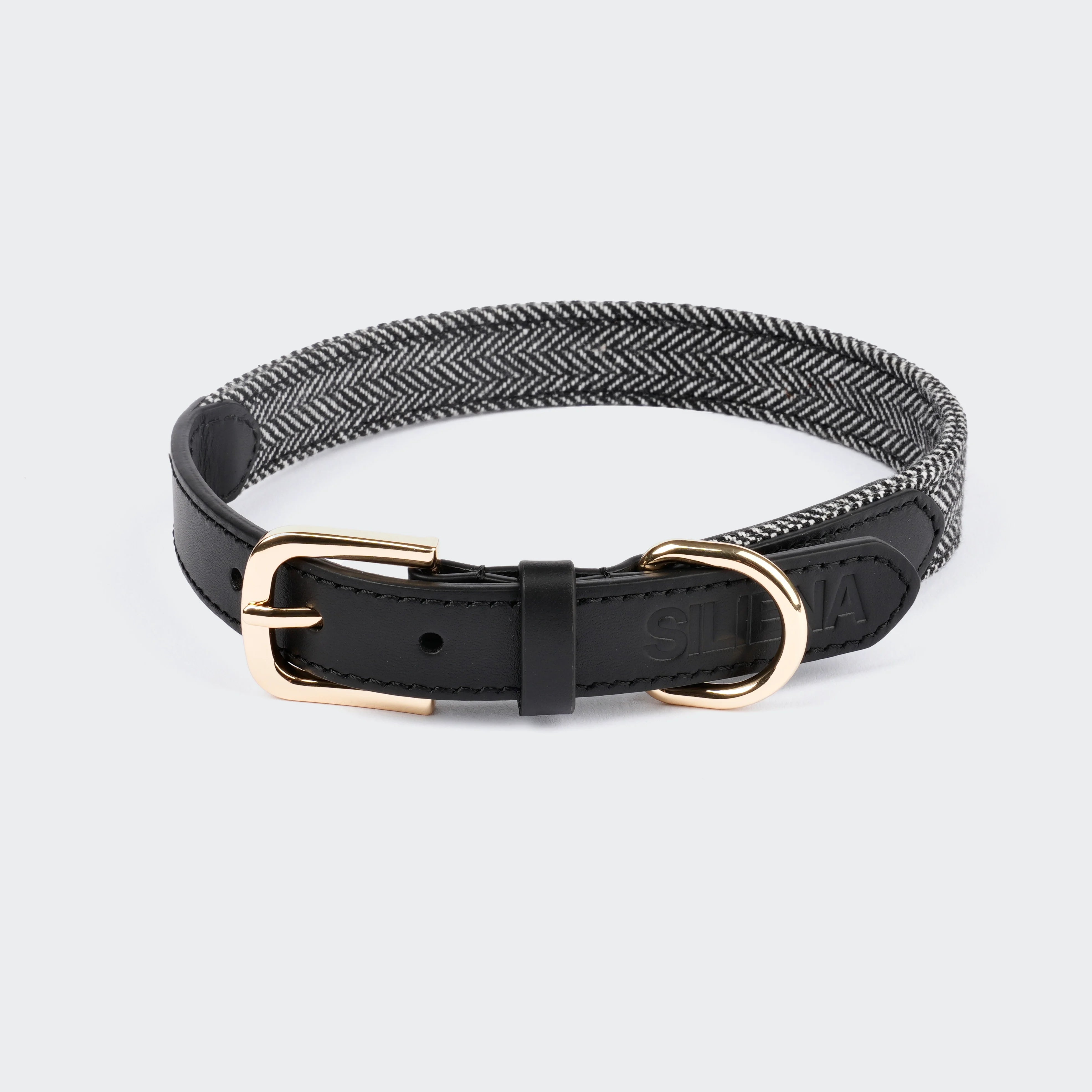
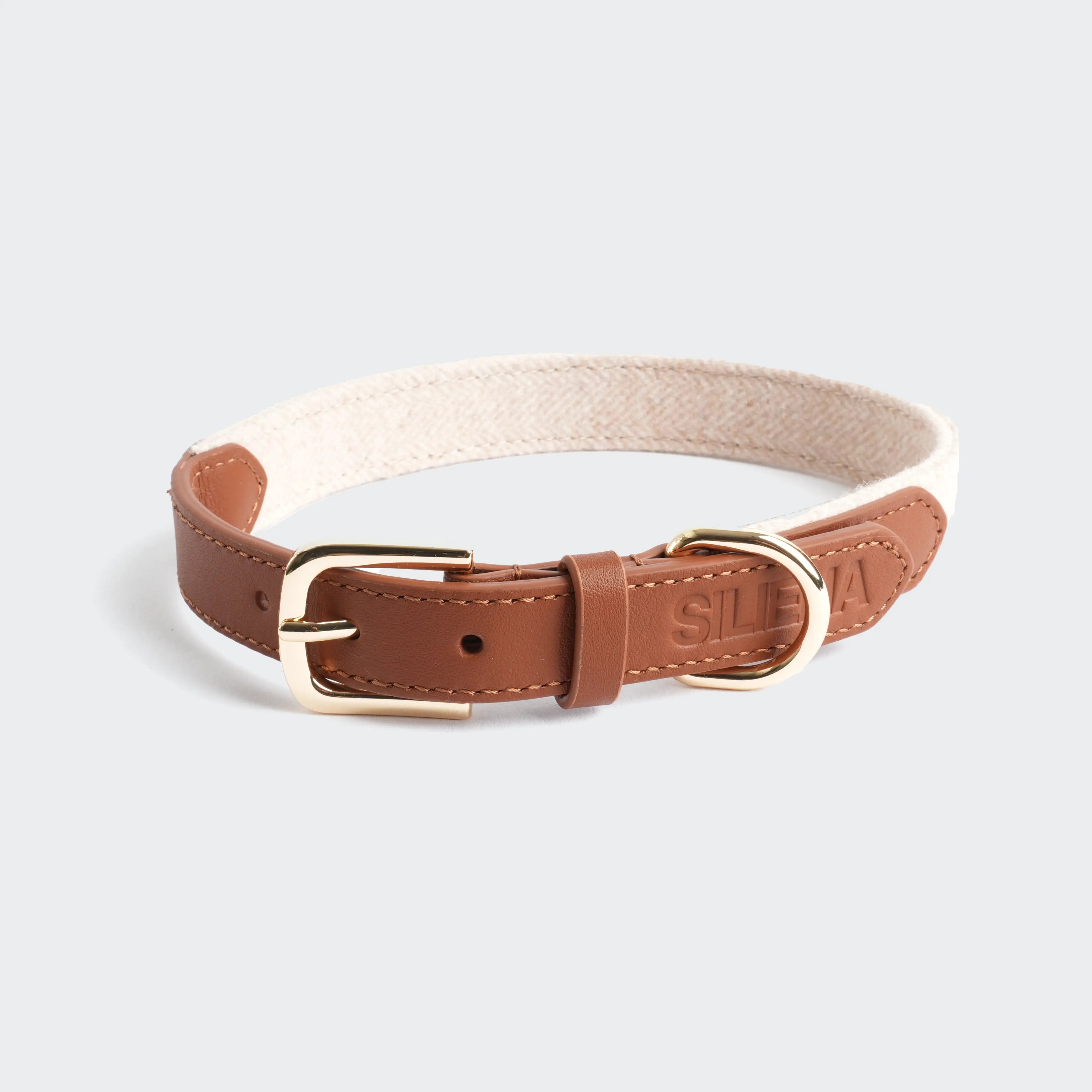
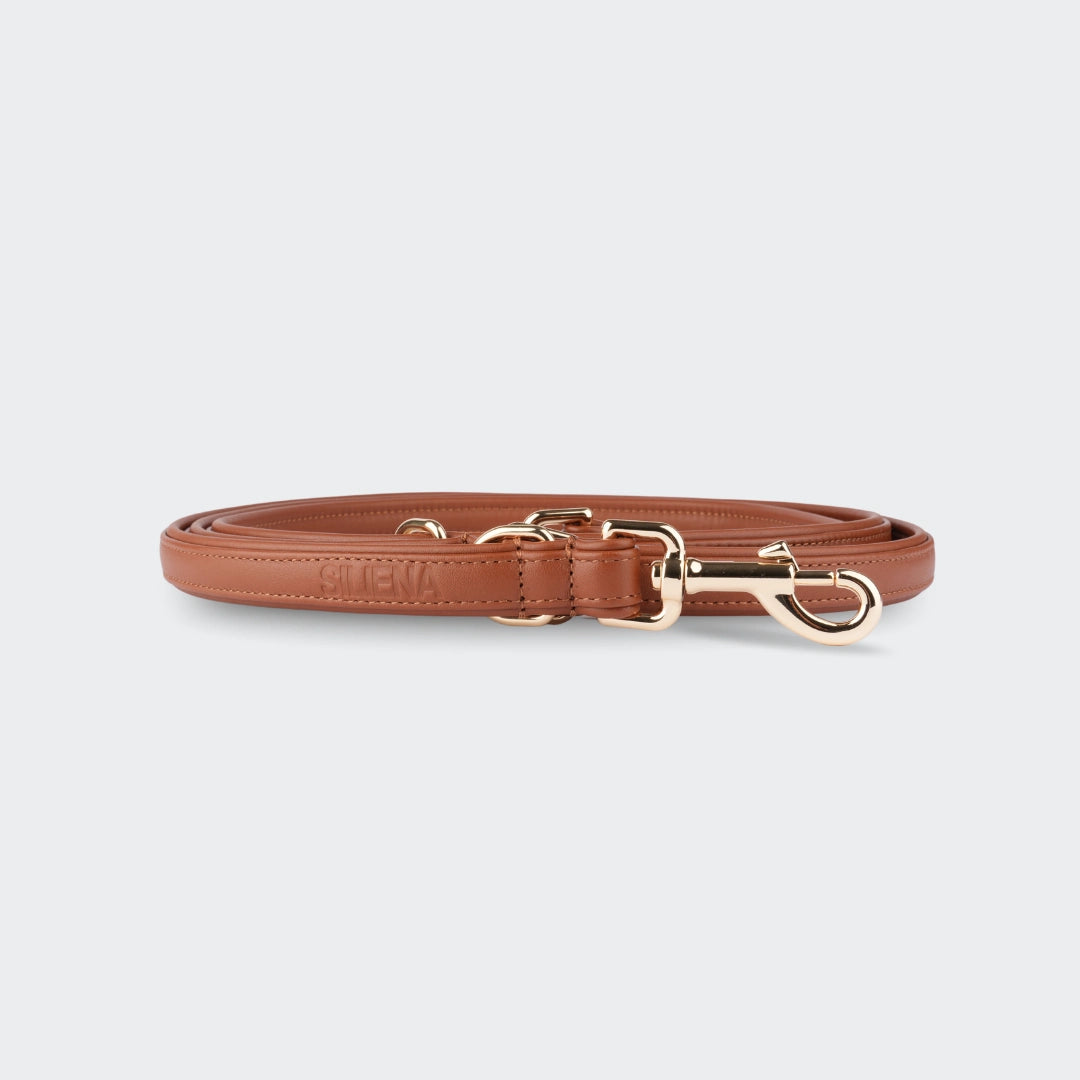
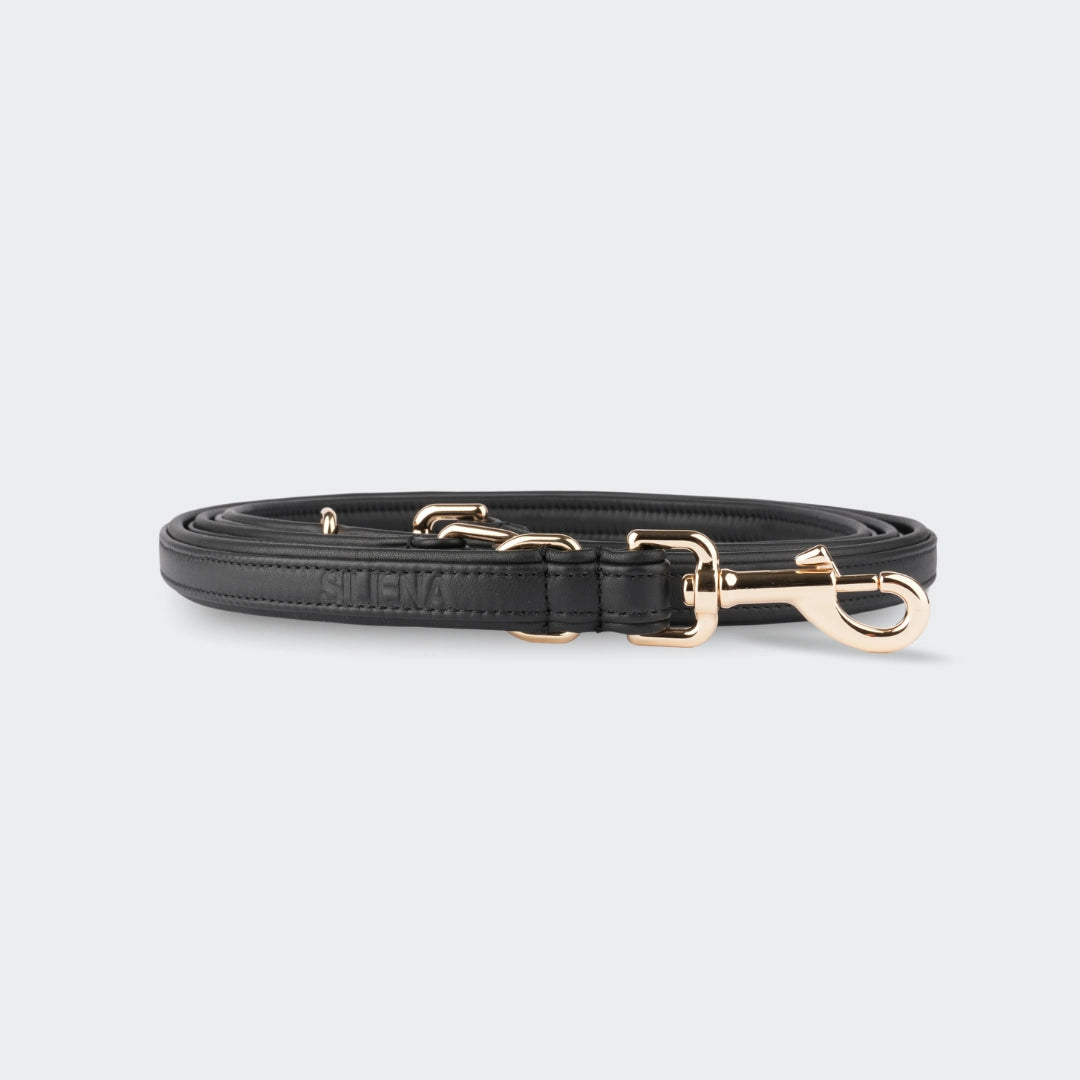
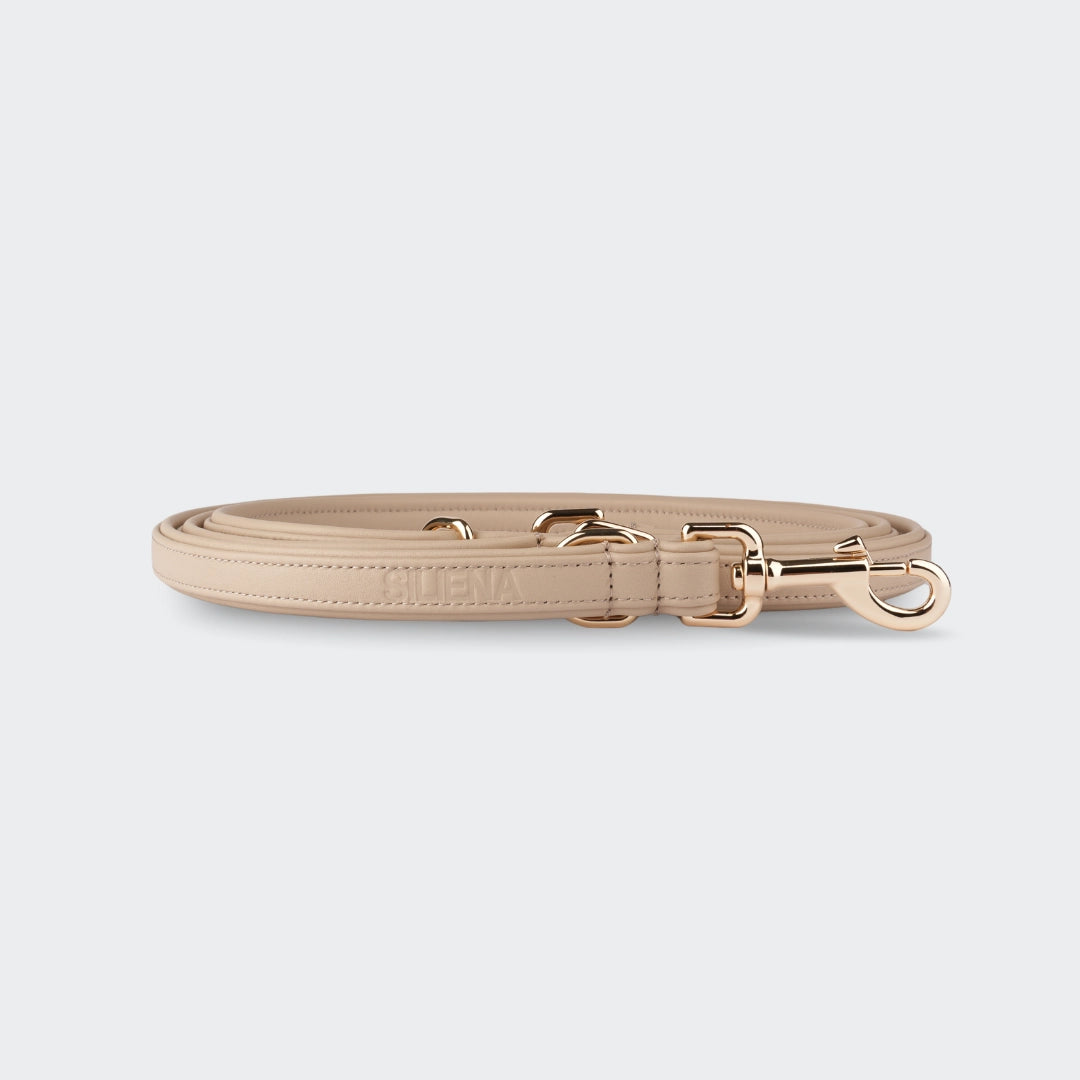
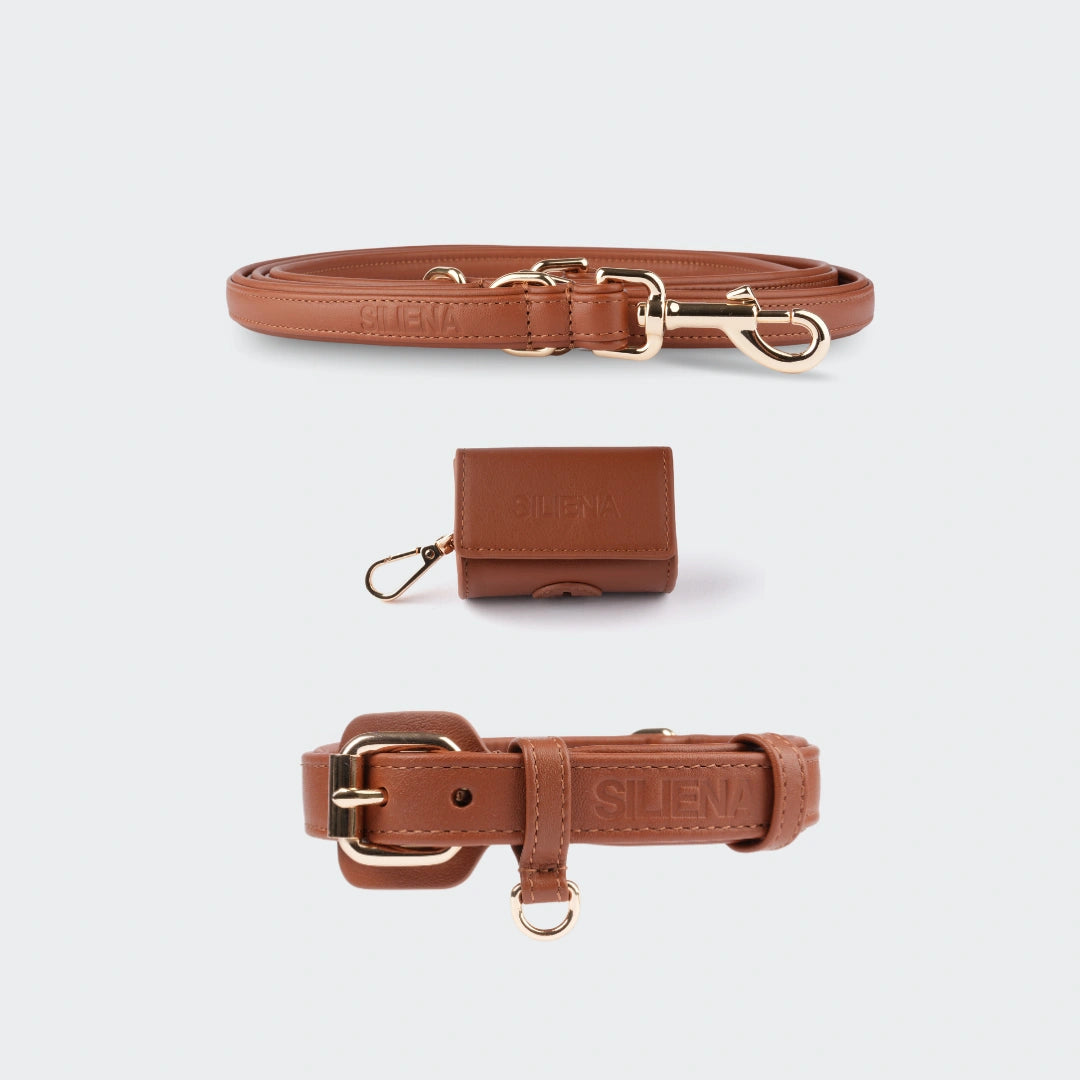
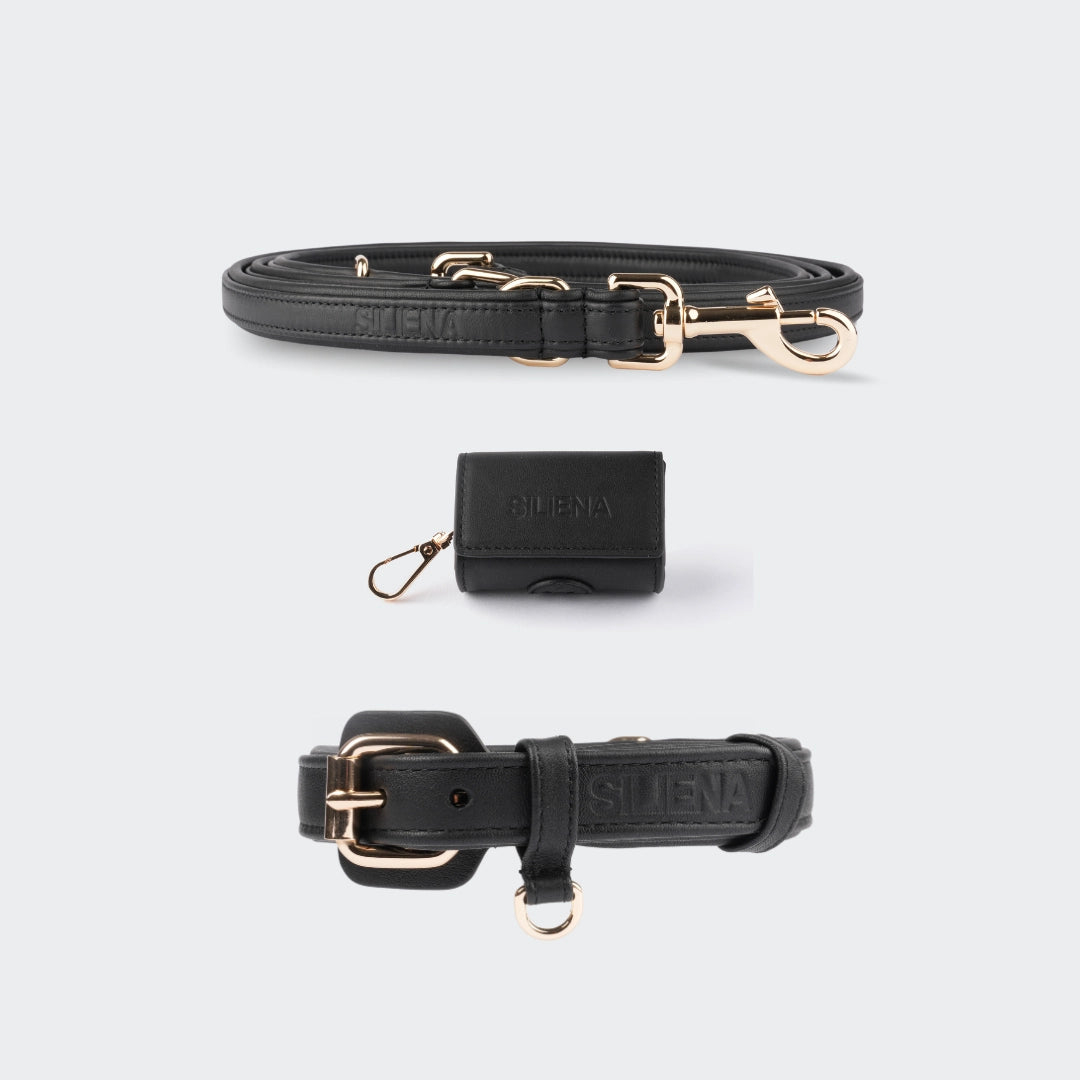
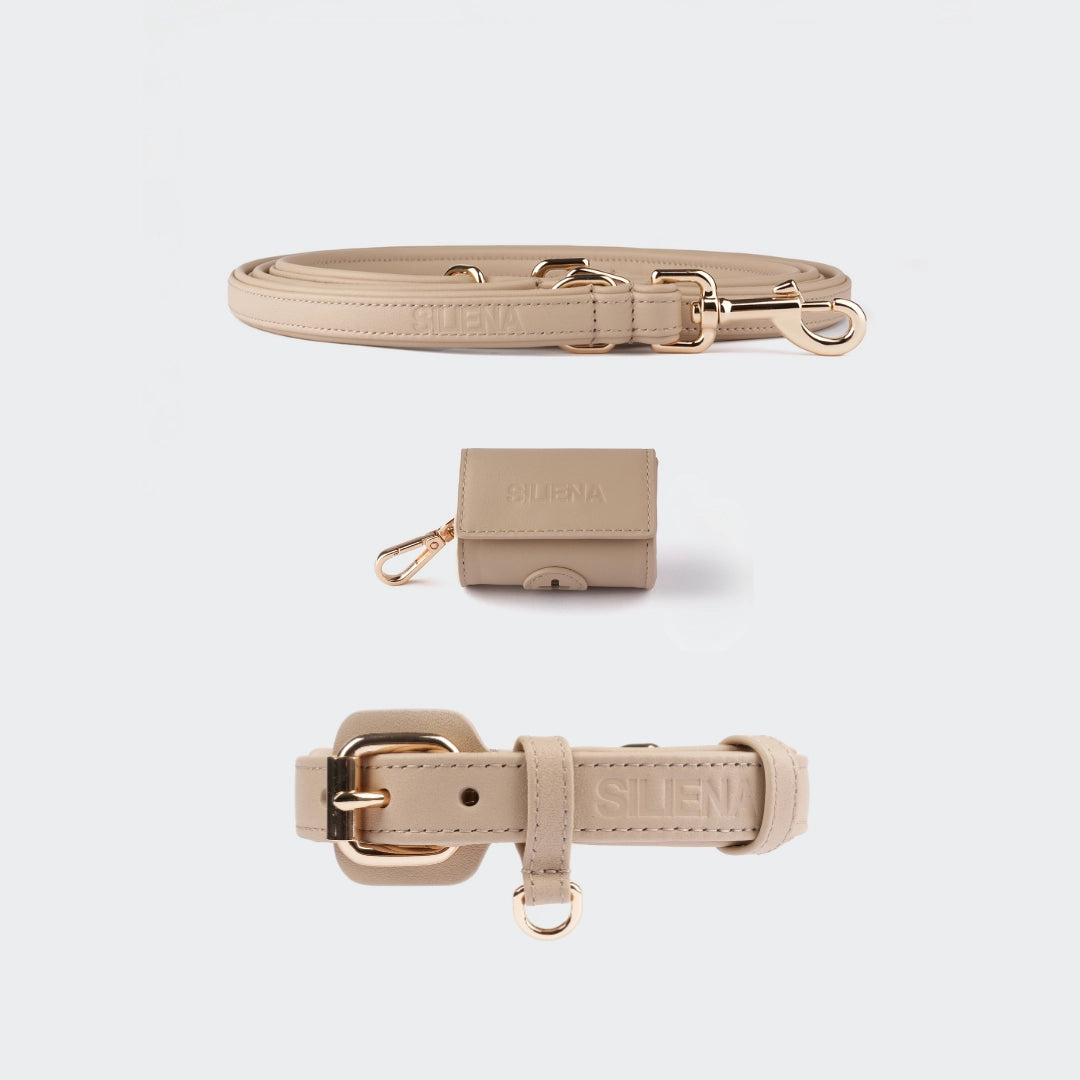
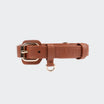
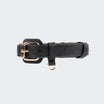

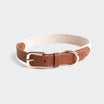
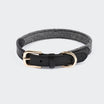
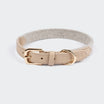






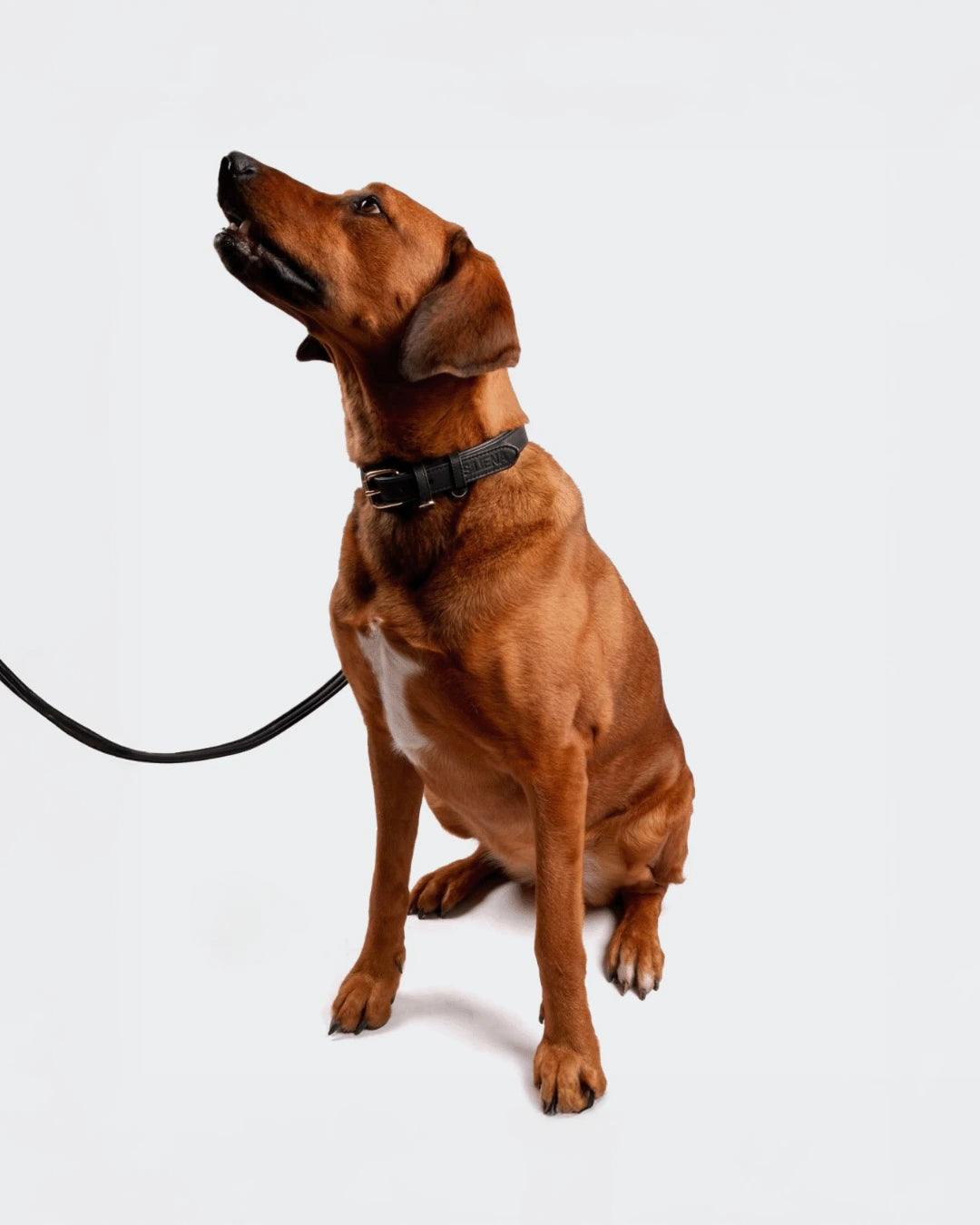
Leave a comment
This site is protected by hCaptcha and the hCaptcha Privacy Policy and Terms of Service apply.